finding spontaneity in digital art: non-objective sketch 01 and process
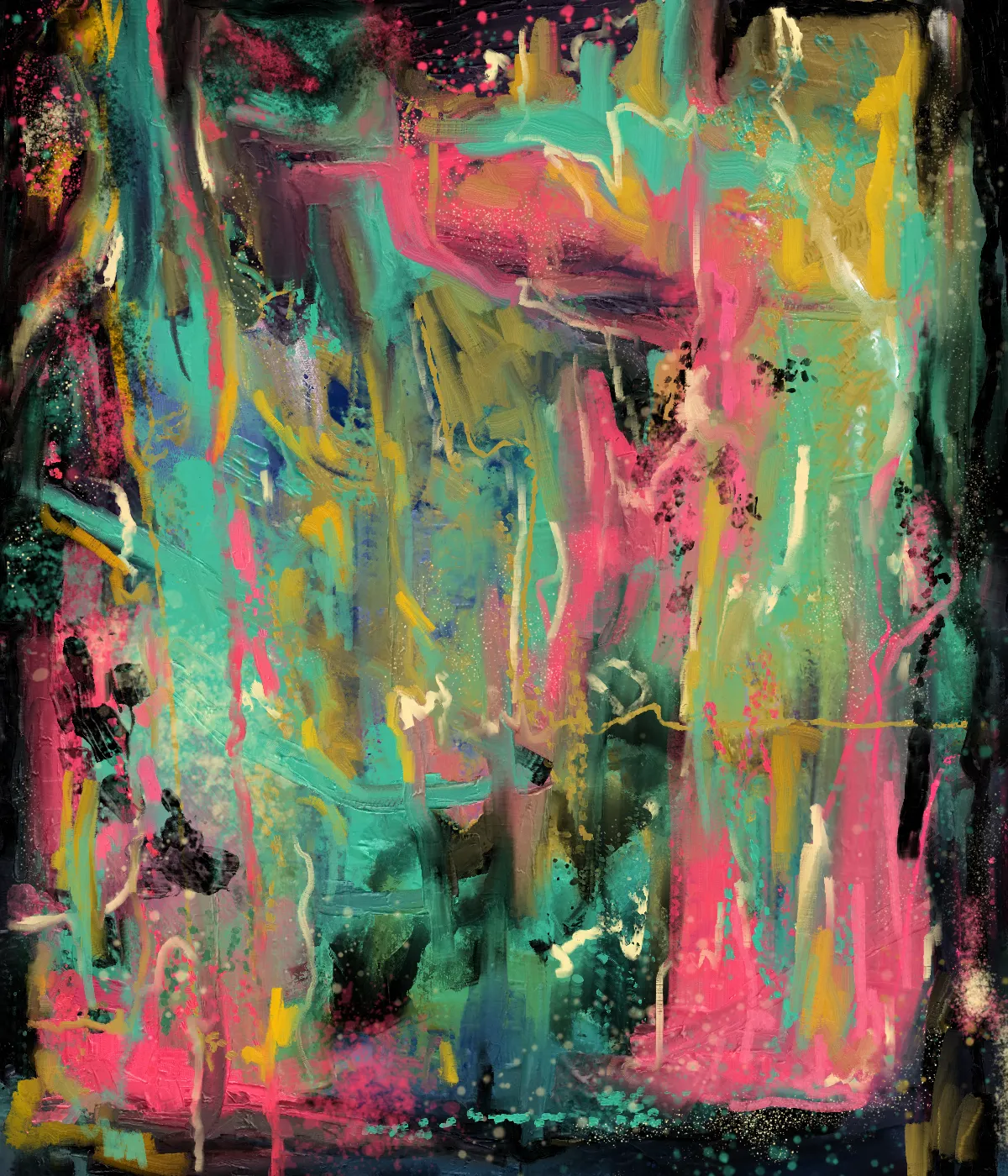
[This post was mirrored on the Krita community forum, krita-artists.org, here.]
Today's sketch is a non-objective thing I hashed out in about 45 minutes to an hour. I read The Guardian's weekly art newsletter and felt inspired by the article on the Emily Kam Kngwarray exhibition at Tate Modern.
I used to do a lot of non-objective1 works when I was younger, especially as a teenager and into my early twenties (after which I detoured into its polar opposite, figure drawing/painting2). As I am trying to get back into making art more regularly, I asked myself why should I limit my output to figure sketches? Invigorated by Kngwarray's works, I then undertook my first non-objective exercise in I don't know how long.
Part of the issue with non-objective art is that it relies upon spontaneity and kinetic energy (at least for me). In other words, to make a non-objective piece I have to relinquish some amount of control and let the elements and mediums interact without conscious intervention.
Seeing as digital art mimics traditional art through programming, it is hard to recreate this method when every pixel is accounted for in a literal sense. Today I experimented with different brushes that play with Krita's color, mixing, and texture engines to try and find a digital equivalent. The color scheme of cyan/magenta/yellow with black/white neutrals is my tried and true color scheme that I relied upon heavily when I was younger, so I returned to it today to play it safe.
Brush packs used:
- Memileo Impasto Brushes
- Krita's built-in RGBA brushes
- The splatter brushes from David Revoy's 2023 brush pack
I'm going to look up more brush packs and also delve into plugins before I give this another go!
It was really fun just messing around and experimenting without worrying about the end result.

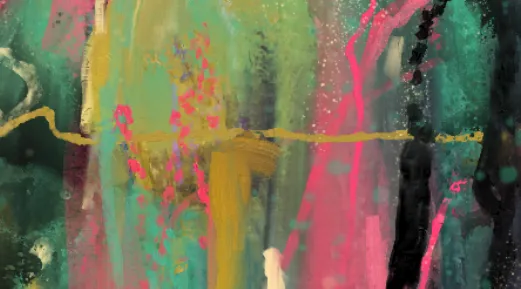
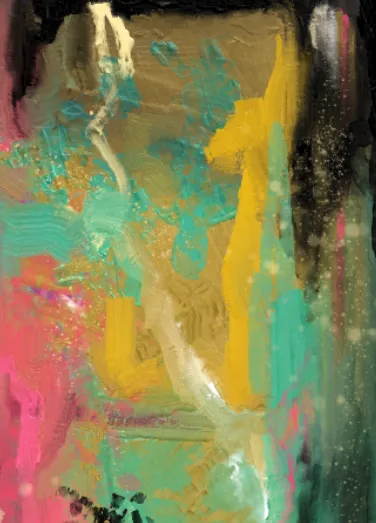
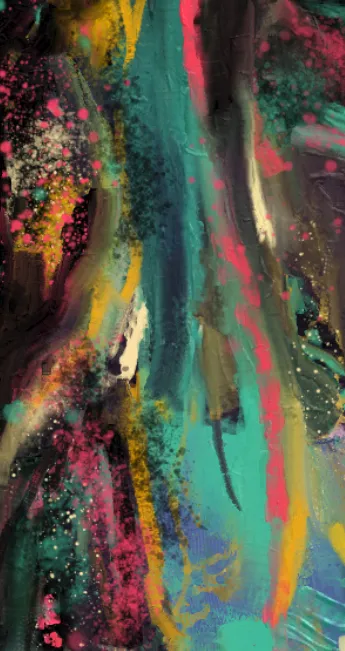
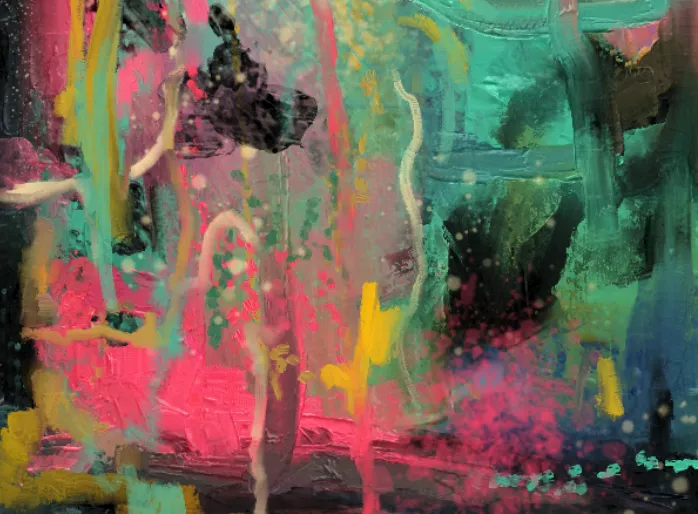
✘ Posted on — 07/04/25
✘ Last modified — 3 months ago
✘ Link — https://blog.xavierhm.com/finding-spontaneity-in-digital-art-non-objective-sketch-01-and-process
Footnotes
Not to be confused with abstract art; non-objective is non-representational art that fashions elements such as value, color, shape, form, line, space, etc as its subjects, and then builds compositions from them. Abstract art is representational art that modifies real objects/subjects outside the bounds of realism or material reality, sometimes to the point of appearing to be non-representational. Though these terms are often used interchangeably, the literal distinction between them was integral to my studies in art and thus my formation as an artist. One of my favorite illustrations of this split is in Jackson Pollock's work. For an example of abstraction, see The She Wolf (which happens to be my favorite piece of art of all time!); for an example of non-objectivity, see Convergence.↩
Although non-objective and figurative art appear to be opposites on a surface level with regard to subjects, I actually find their methodology to be quite similar in that they are fundamentally geometric explorations.↩

